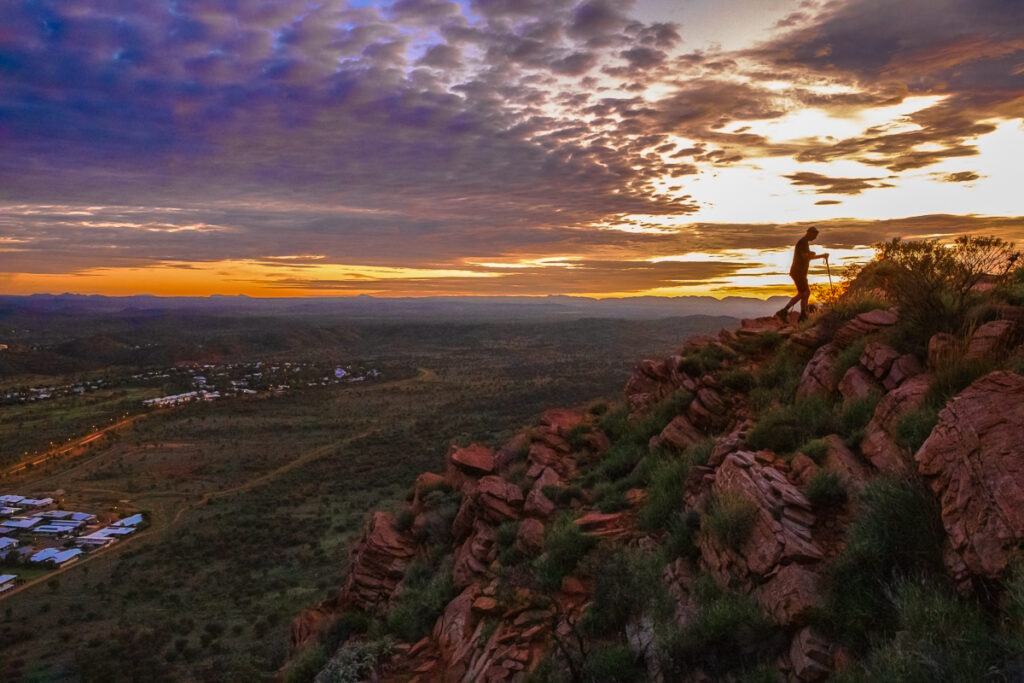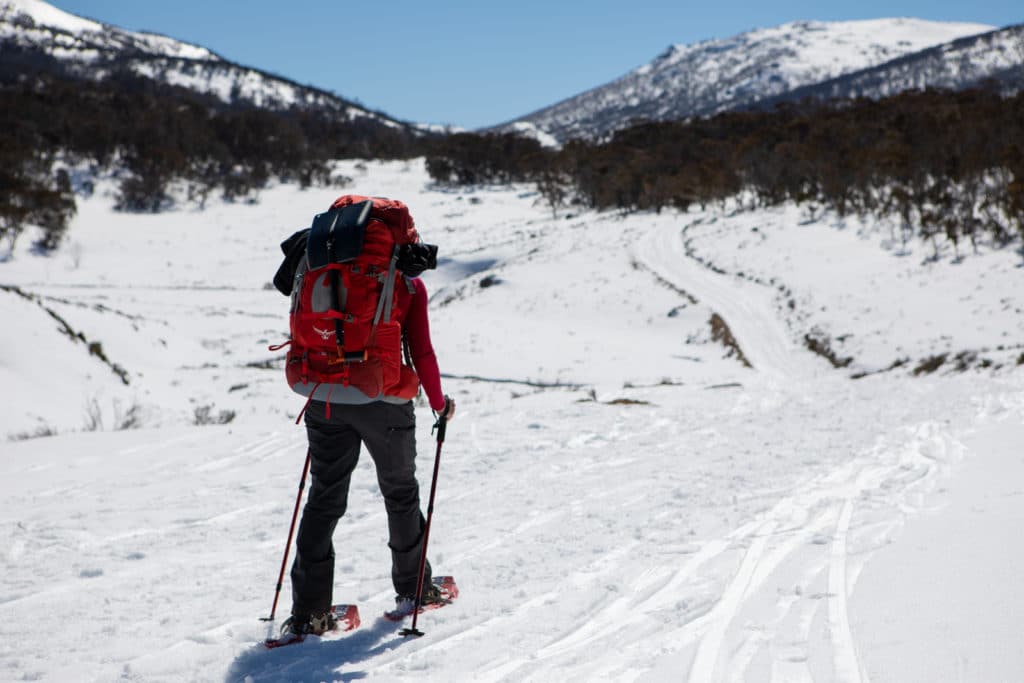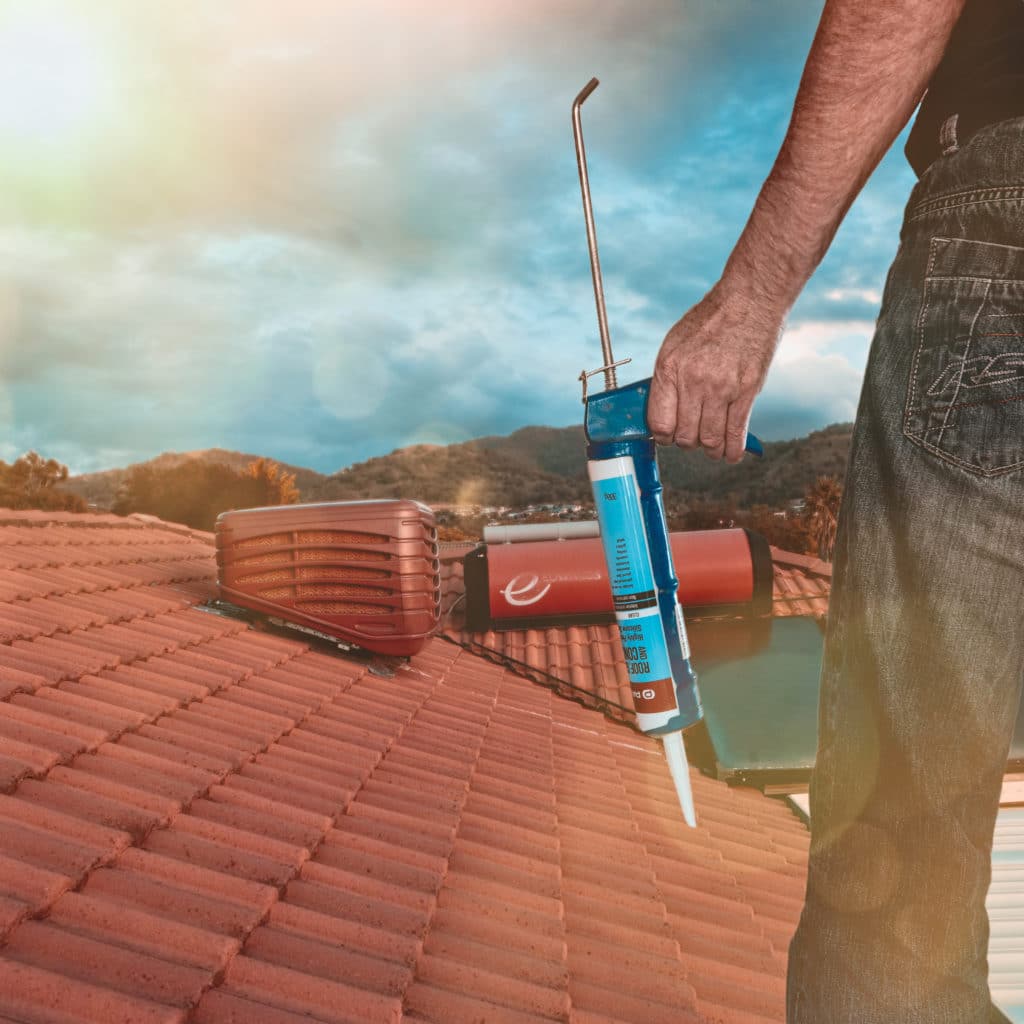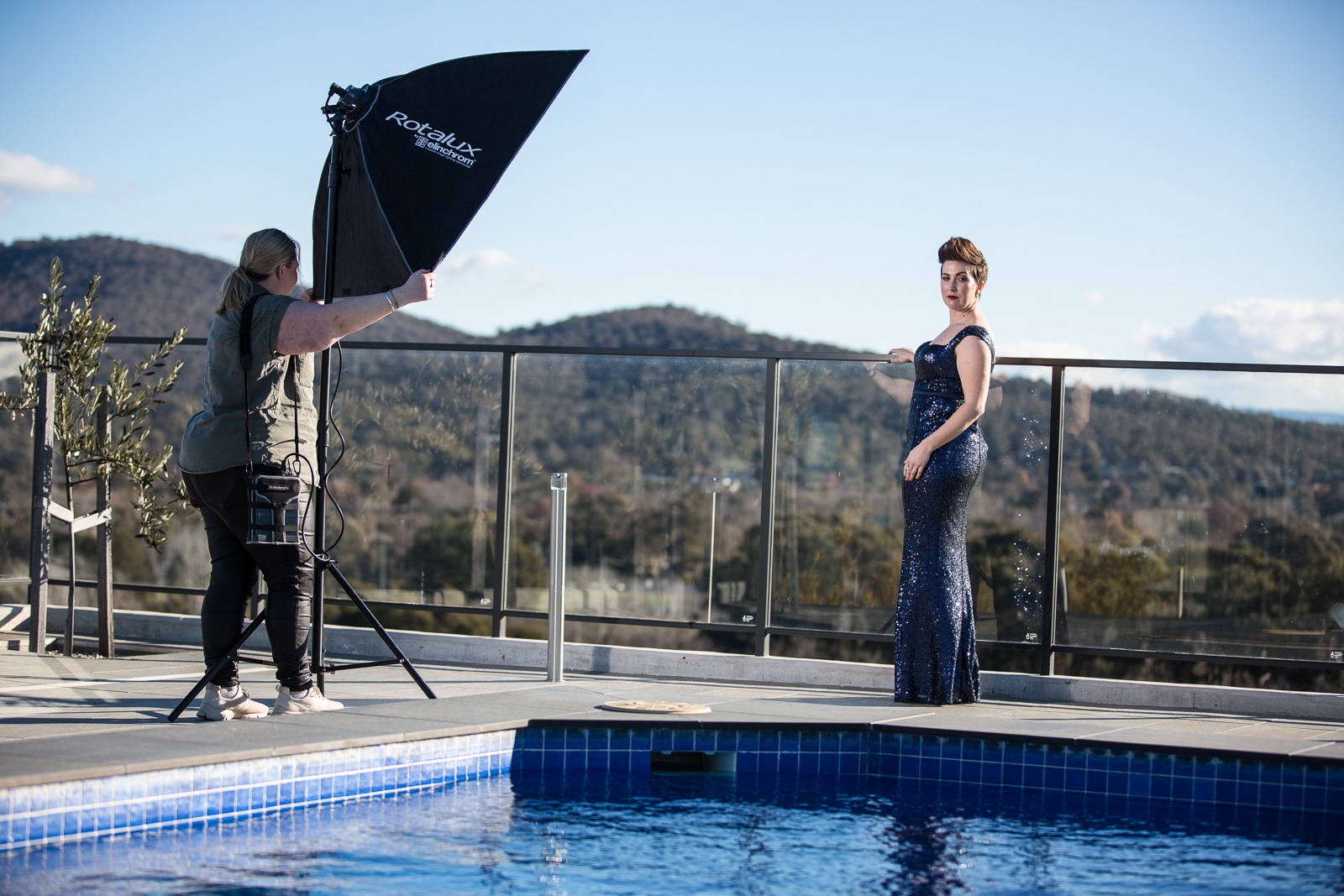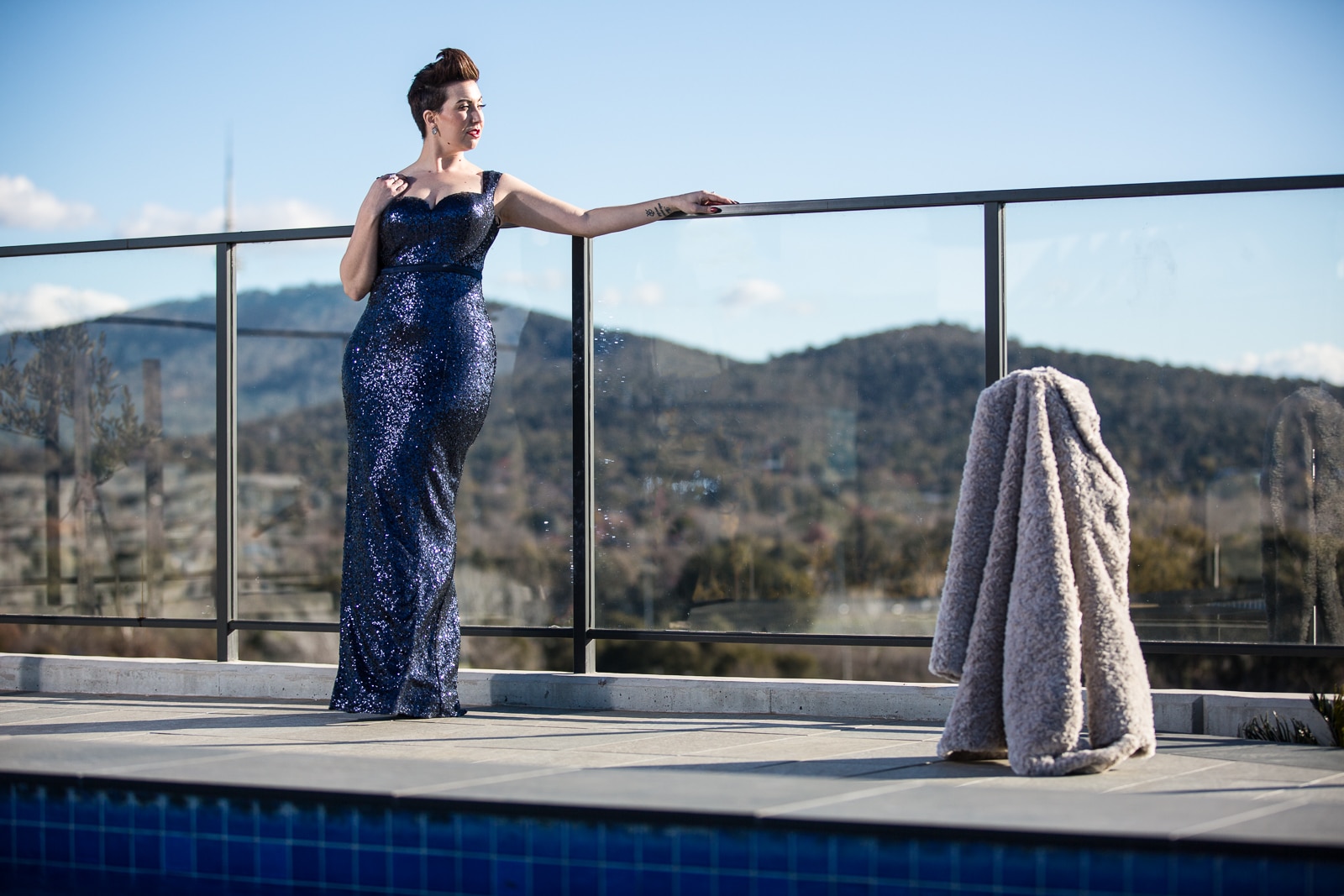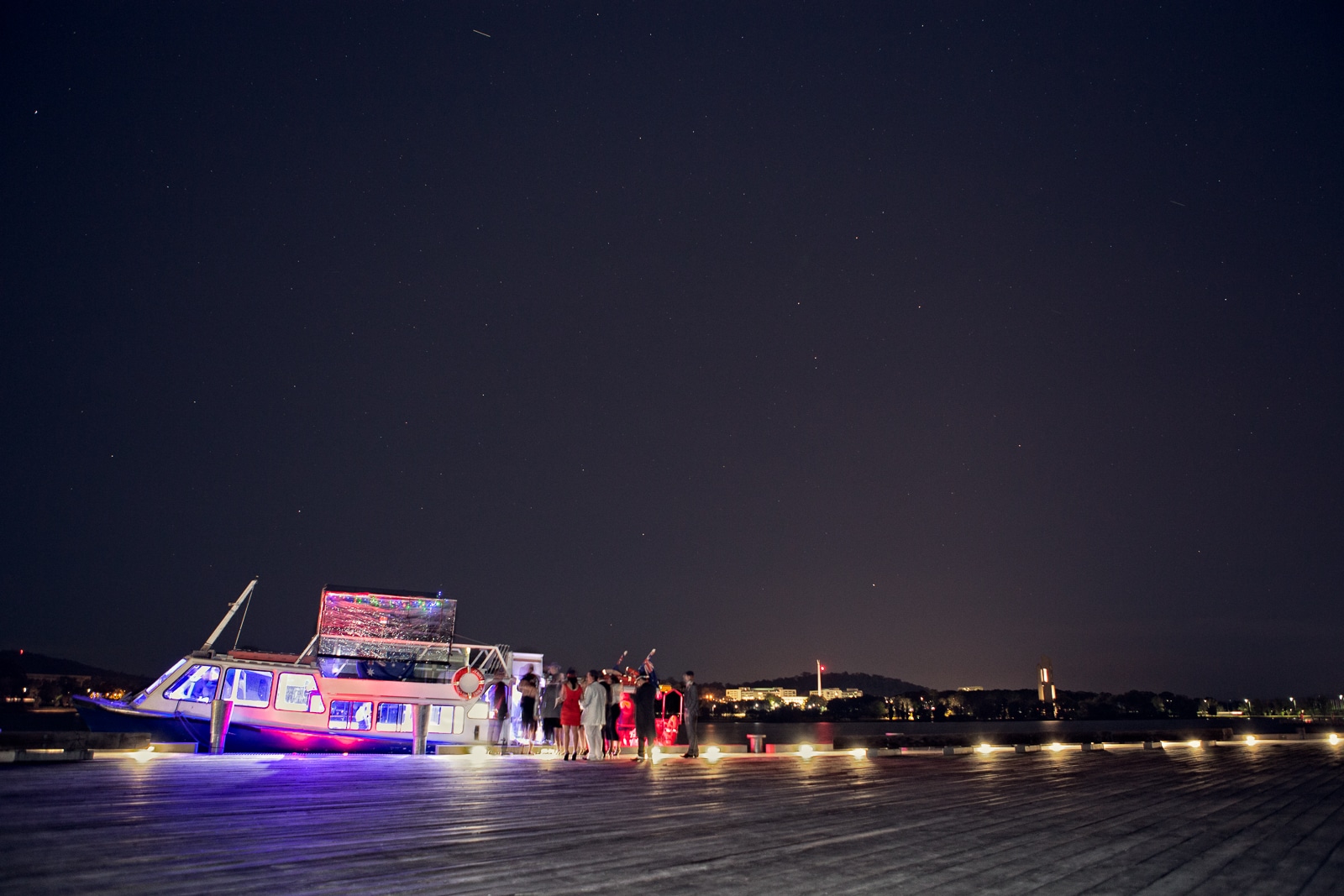Photography is more than just capturing a moment in time. It’s about creating an emotional connection with the viewer and telling a story through the lens of a camera. This is why storytelling in photography is so important. Whether you’re a professional photographer or an amateur hobbyist, incorporating storytelling into your photos will take your images to the next level. Here’s how you can use storytelling in photography to create powerful, impactful images.
- Identify the Story You Want to Tell
The first step in incorporating storytelling into your photography is to identify the story you want to tell. This could be a personal story, a fictional story, or a factual story. The key is to think about what you want to convey through your photos. For example, you may want to tell a story about family, nature, or a particular event. Once you have a clear idea of the story you want to tell, you can begin to think about how you want to tell it.
- Use Composition to Tell Your Story
Composition is one of the most important elements of photography. It’s what helps you to create the visual elements that make up the story in your photos. You can use different techniques such as the rule of thirds, leading lines, and framing to help you create a visual story. For example, you could use a photo of a path leading into the distance to symbolize a journey or a series of photos to show a change over time.
- Utilize Light and Shadows to Enhance Your Story
Light and shadow are two powerful elements in photography. They can be used to create mood and atmosphere in your photos, helping to reinforce the story you want to tell. For example, you could use light to create a sense of hope or shadow to create a sense of mystery. By playing with light and shadow, you can take your photos from simply capturing a moment in time to telling a story that captivates the viewer.
- Use Color to Emphasize Your Story
Color is another important element in photography. By using color to your advantage, you can create a visual story that evokes emotions in the viewer. For example, you could use warm colors such as red, yellow, and orange to create a feeling of warmth and comfort, or cool colors such as blue and green to create a feeling of calm and serenity.
- Include People and Objects That Help to Tell Your Story
People and objects play an important role in storytelling in photography. They can be used to create a visual story and reinforce the message you want to convey. For example, you could use a photo of a person to represent a particular emotion, or use a specific object to symbolize a particular idea.
In conclusion, storytelling in photography is an important tool that can help you to create powerful, impactful images. By combining different elements such as composition, light and shadow, color, and people and objects, you can create a visual story that will captivate your viewers and leave a lasting impression. So next time you pick up your camera, think about the story you want to tell, and let your images do the talking.

